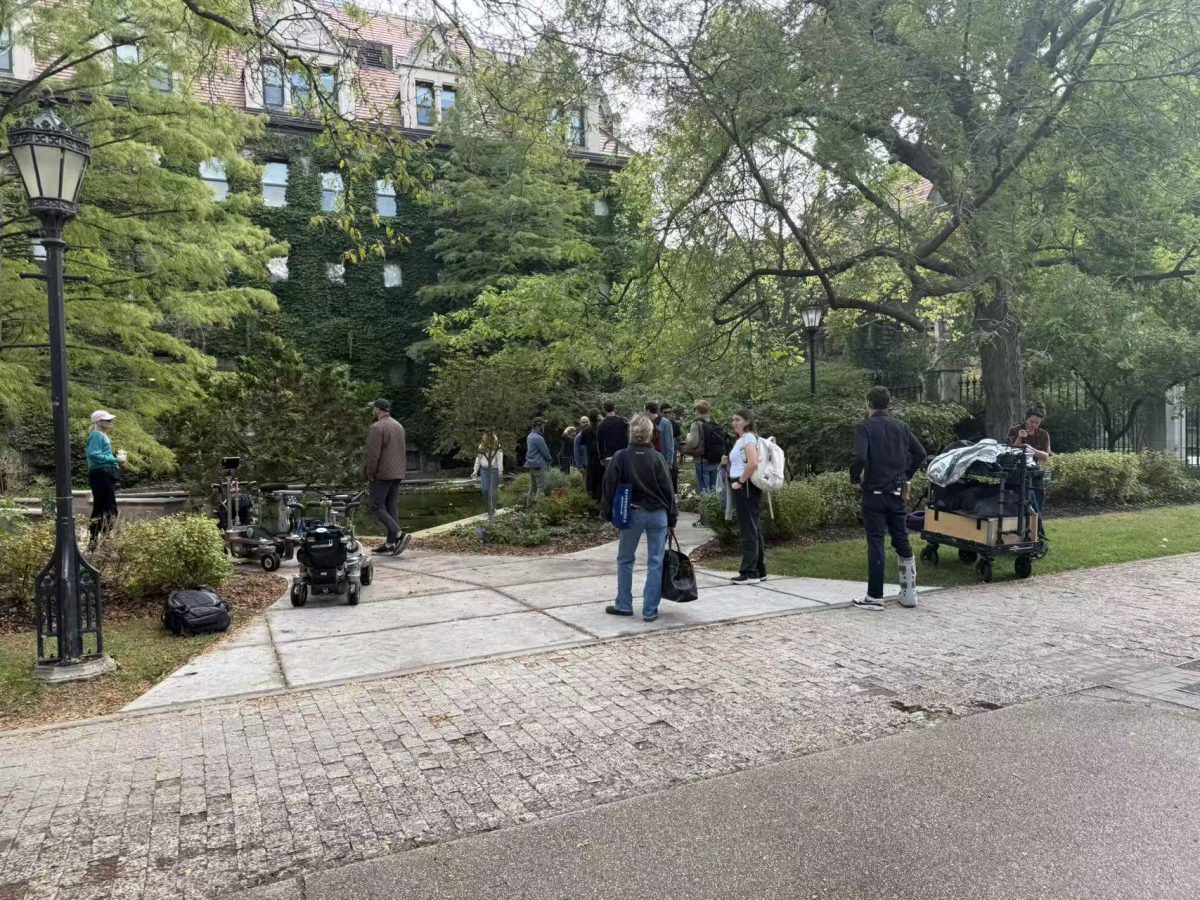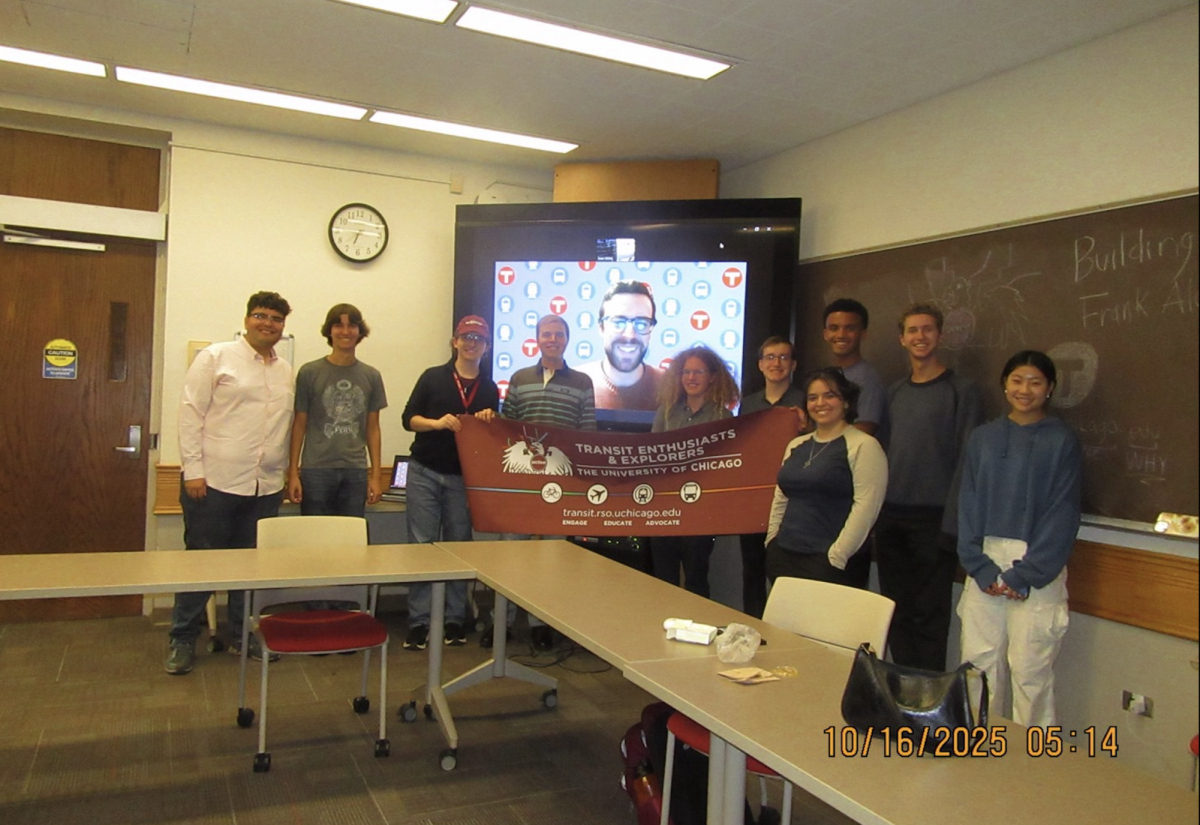The University and the Woodlawn Home Owners Association (WHOA) received the Hyde Park Historical Society’s 2013 Marian & Leon Despres Preservation Award for their community-oriented development of the 5700 block of South Woodlawn Avenue in a ceremony last Saturday.
Specifically, the award recognized the extensive cooperation between the University and WHOA in the creation of Institutional Planned Development 43 (PD43), a zoning agreement controlling University development projects and land use.
After the tension following the move of the Seminary Co-Op and the construction of the Becker Friedman Institute, which residents felt would be disruptive, the agreement between the University and WHOA proved that collaboration and consistent dialogue could yield meaningful and mutually beneficial results, according to Harris School Senior Lecturer Paula Worthington. Worthington is also a homeowner on the 5600 block of Woodlawn Avenue.
“Compared to three years ago, there’s been some real progress between the University and the locals, and I think the good news is that that means the University has been able to move ahead on some projects that are important and the locals are getting their concerns addressed,” she said.
George Rumsey, former President of the Coalition for Equitable Community Development, referencing the University’s prior decision to tear down Harper Theater until confronted with a public study financed by the Hyde Park-Kenwood Community Conference that showed it was cheaper to rehab than to demolish, believes the University responds well to public pressure.
“I have the sense the UC is a good preservation neighbor when they’re trapped or embarrassed into it,” he said.
Because most of the homes on the block were built just after the founding of the University of Chicago and the World’s Columbian Exposition in the early 1890s, the University and local homeowners identified buildings on the 5700 block of South Woodlawn Avenue that should be preserved and protected. They agreed upon stylistic and scale regulations on University development so that University-developed property would not be a source of tastelessness or architectural dissonance. For example, almost all newly constructed buildings in the area must be less than 200 feet in height, so no looming or architecturally incongruous buildings would overshadow the residential homes that line the block.
Rumsey, whose Coalition mediates between local homeowners’ organizations, credited Fifth Ward Alderman Leslie Hairston, who often served as a representative for community members in the negotiations behind PD43.
“The University has been very willing to negotiate when they are pressed to, and the Alderman had the power to press the University to negotiate,” he said.
Worthington also noted that the University continually corresponds with community members about upcoming construction projects.
Rumsey believes, however, that the relationship between the University and locals with regard to development projects is still a work in progress. He said that he would appreciate it if “there were ongoing and regularly scheduled meetings between the University, development planners, and representatives of the community or community stakeholders,” citing that “a lot of people in Hyde Park have problems trusting the University because the University tells them something and then changes their mind and then the staff changes, and there’s a loss of organizational memory.”
He added that he would prefer more transparency about the University’s long-term plans for development.








